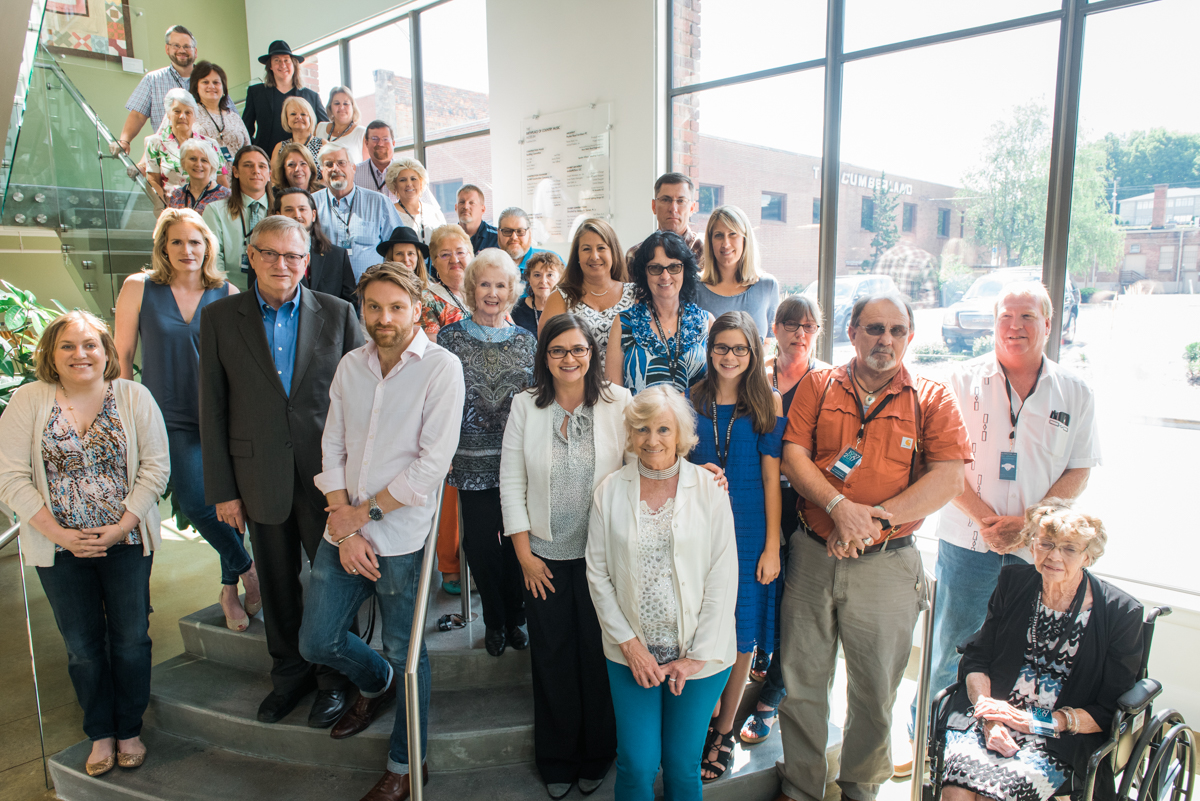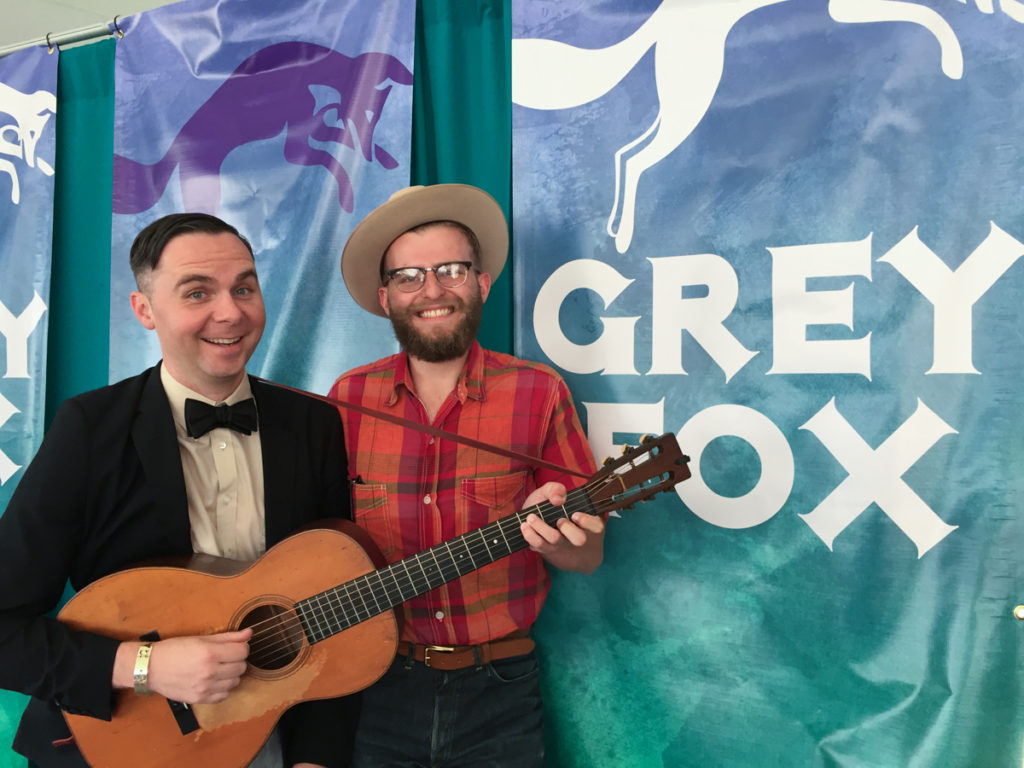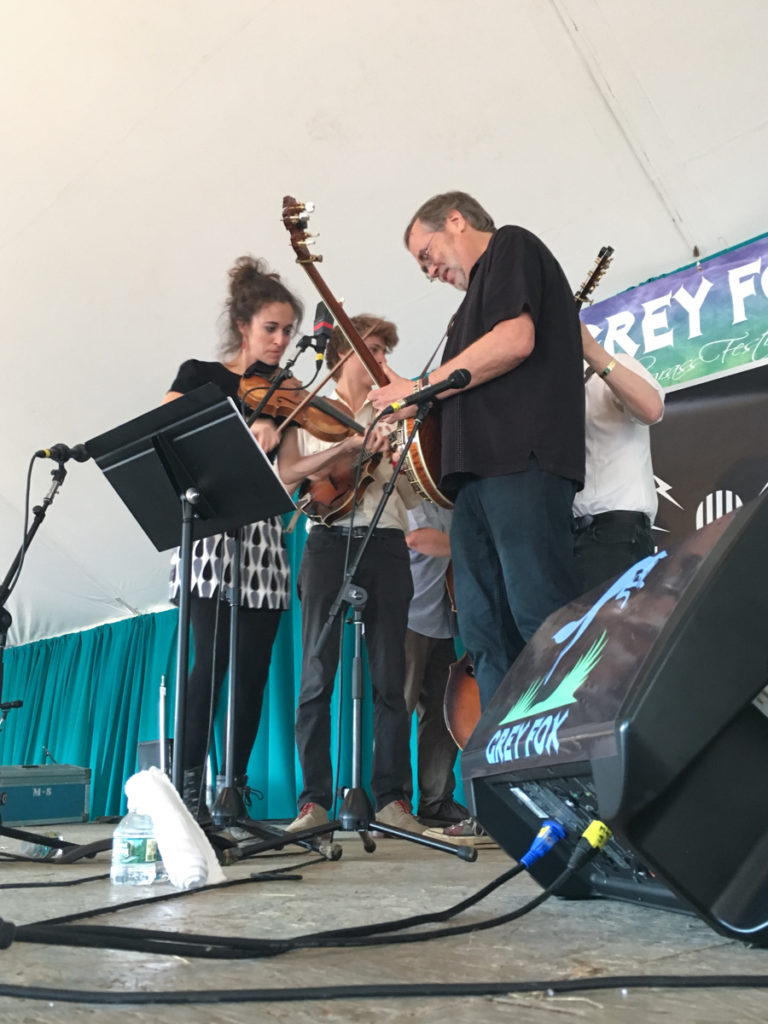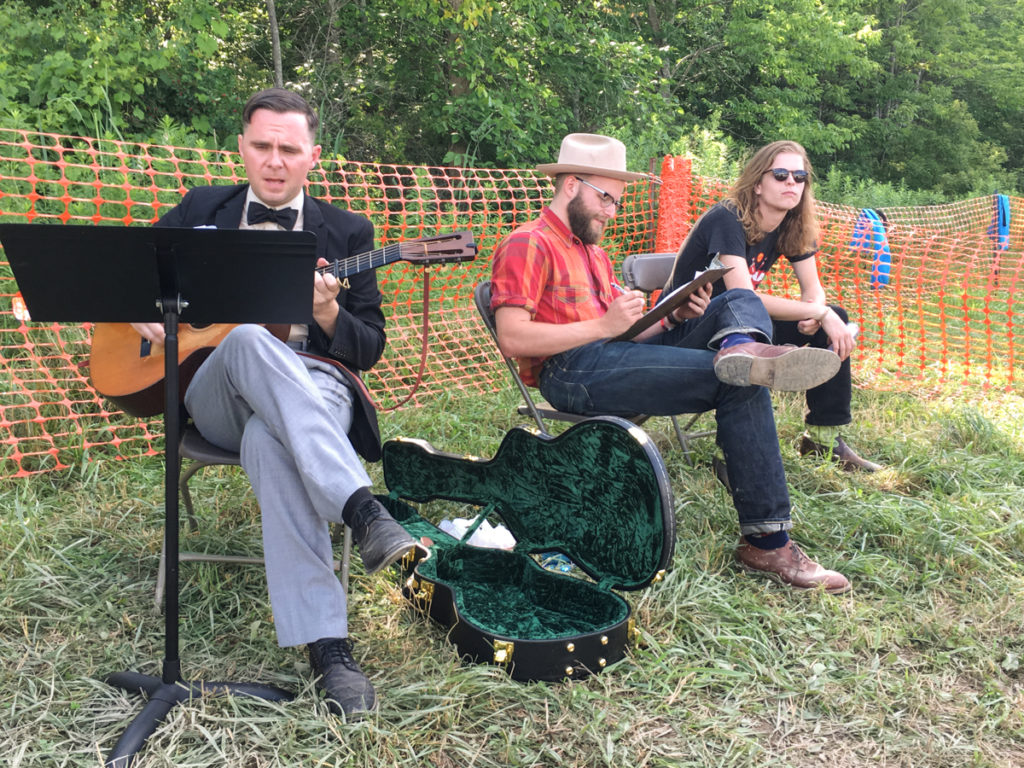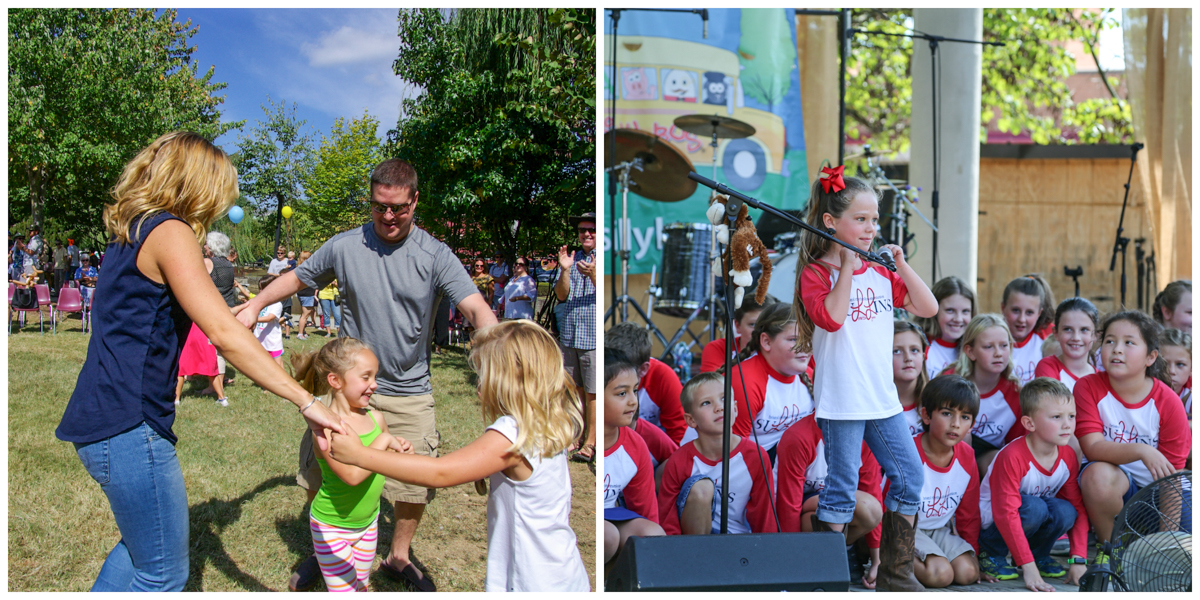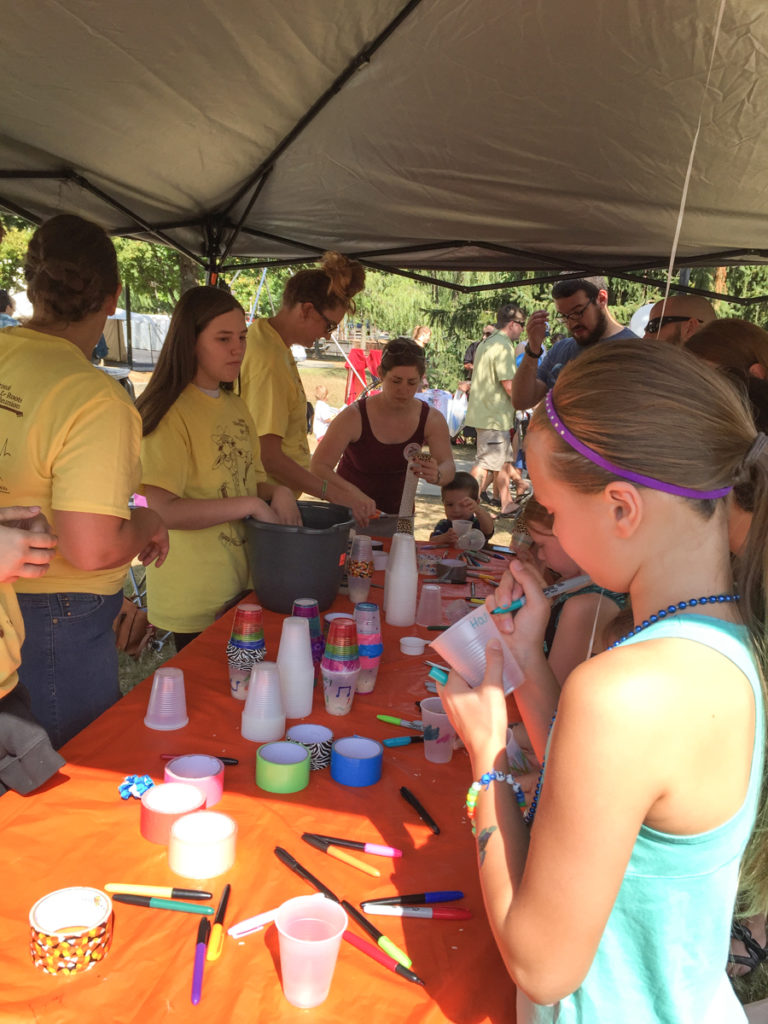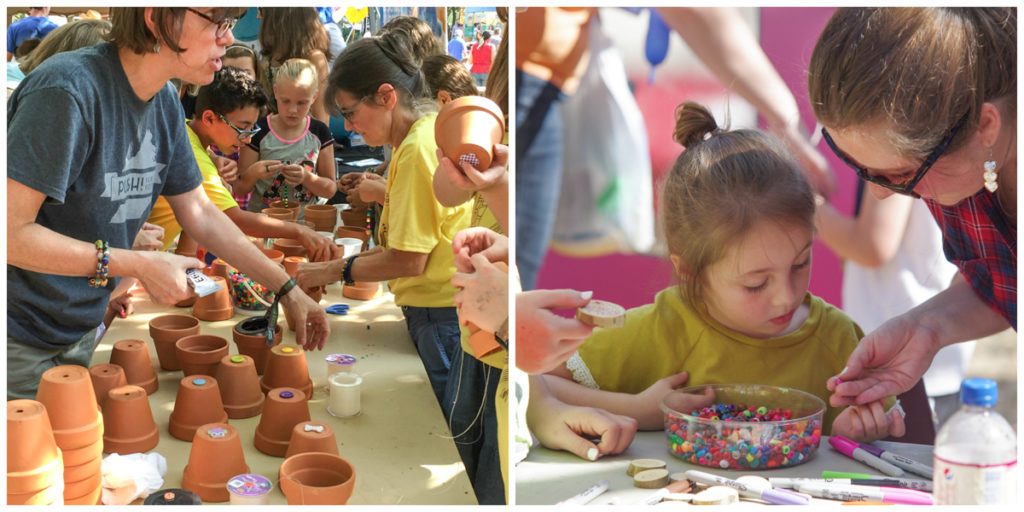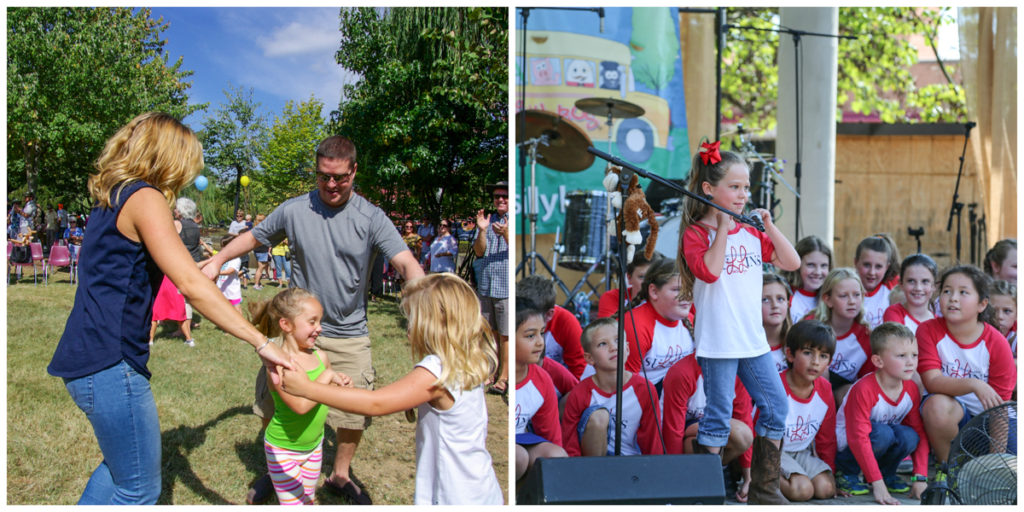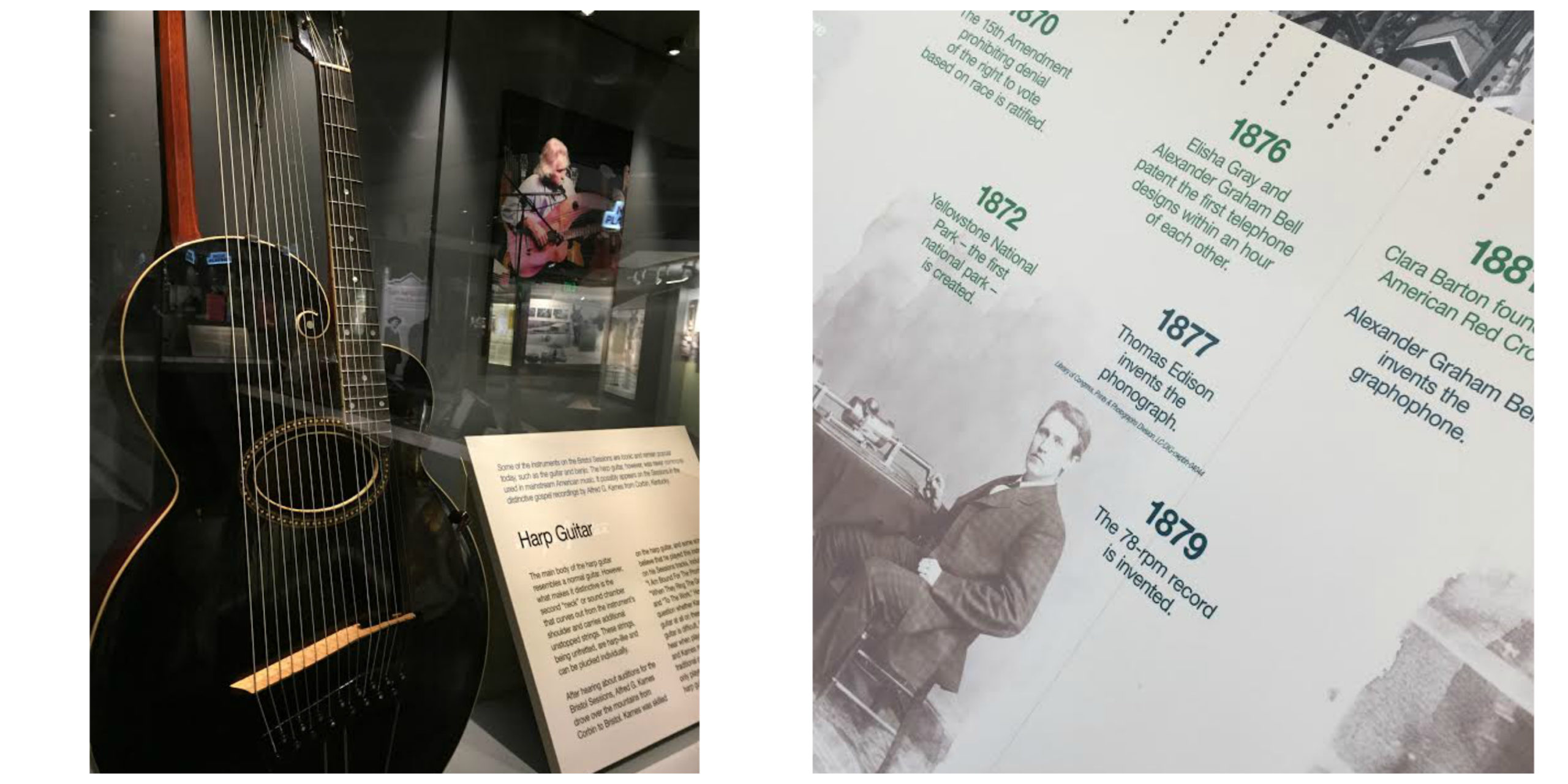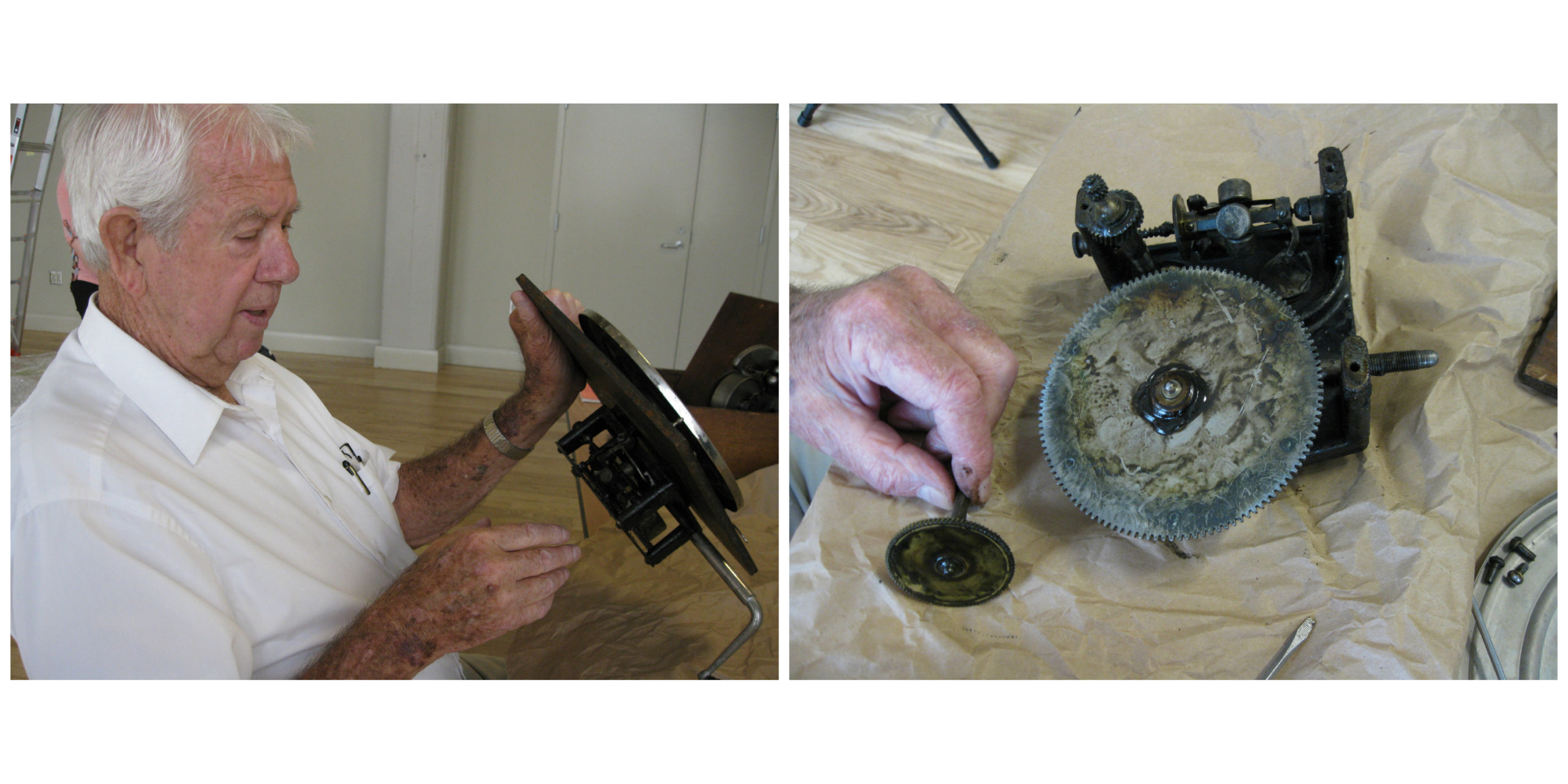In the summer of 1927, the movie The Jazz Singer was released and heralded as the first talkie (a film featuring dialogue between characters). Charles Lindbergh also flew the first transatlantic flight. It was an eventful and innovative time, as writer Bill Bryson marvels about in his book One Summer: America, 1927.*
It was also the summer that Ralph Peer of the Victor Talking Machine Company came to Bristol and recorded the now-famous Bristol Sessions.
This year the Birthplace of Country Music marks the 90th anniversary of those sessions with several special events, including films, concerts, and special admission prices to the museum. Recently we held a symposium about the 1927 Bristol Sessions that included special events to honor family members of the artists who recorded for Ralph Peer back in 1927. The symposium reflected on the convergences of technology, talent, and business prowess that made possible one of the most significant recording sessions in commercial music history.

We were honored to have as keynote speakers Ralph Peer II and his wife Liz Peer, whose family continues the Peer legacy of music publishing at peermusic. They were accompanied by their three children, Mary Megan Peer, Elizabeth Ann Peer, and Ralph Peer III. From the film American Epic, director Bernard MacMahon and producer Allison McGourty gave a talk and screened parts of their film, which documents a journey that painstakingly recreates the recording technology of the 1920s and then creates new recordings with this technology. This PBS film is a visually stunning, carefully documented, and beautifully creative way of honoring early recordings. The symposium also featured scholars and authors Barry Mazor and Ted Olson, whose research and writings highlight and explore in detail the important history surrounding the 1927 Bristol Sessions.

There are no photographs that document the Bristol Sessions. Only a handful of musical instruments remain that were recorded in the Sessions, and few artifacts exist that can be traced back to those recordings. Yet the Bristol Sessions continue to shape country music history through our musical lineages and in our imaginations. And the 1927 Bristol Sessions form the key content of the Birthplace of Country Music Museum, to which we anchor our permanent exhibits and which we continue to dig into and explore.
Those recordings capture a musical moment that is arguably one of the most influential country music recording sessions in history. The Sessions launched the careers of The Carter Family and Jimmie Rodgers. They illustrate the versatility of Ernest and Hattie Stoneman, whose long career in country music is reflected by the fact that the Stoneman Family has songs on every recording format there is, from wax cylinders to digital files.
They reflect traditional Appalachian music styles and sacred music as these styles were just beginning to be recorded, such as the holiness music recorded on the Bristol Sessions. And they capture the variety of music styles before early country music was more standardized – before bluegrass even existed – and are full of creativity, replete with entrepreneurialism, and filled with many voices.
Those voices carry on in many of the communities from which they came, and we were honored to be joined at the symposium by many family members of Bristol Sessions artists. Museum staff spent the morning doing oral history interviews with family members for our archives (and for future blog posts!), and we honored our guests with a special luncheon. Members of The Stoneman Family, The Carter Family, Jimmie Rodgers Family, Blind Alfred Reed Family, Ernest Phipps Family, Alfred Karnes Family, and Georgia Warren Family (Warren was 12 years old when she sang with the Tennessee Mountaineers at the Sessions) were present, all of whom carry the legacy and memories of the many musicians who came to Bristol in 1927. It’s these connections – to our past, to our history, and to the family members who carry on this musical legacy – that made this symposium extraordinary, and make our jobs, where we delve into these connections every day, truly special.

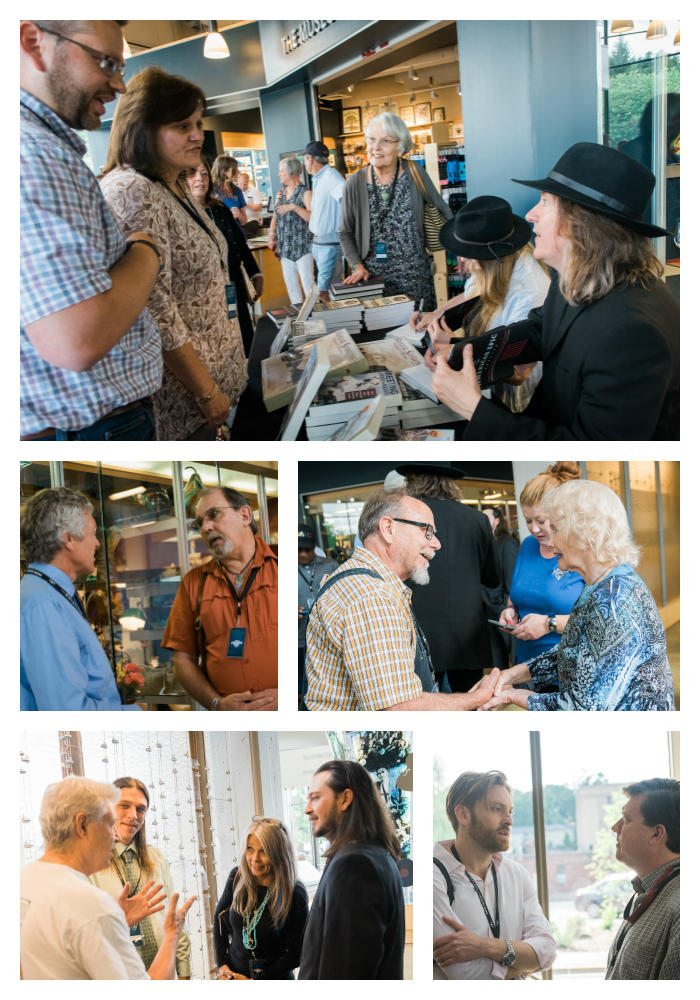
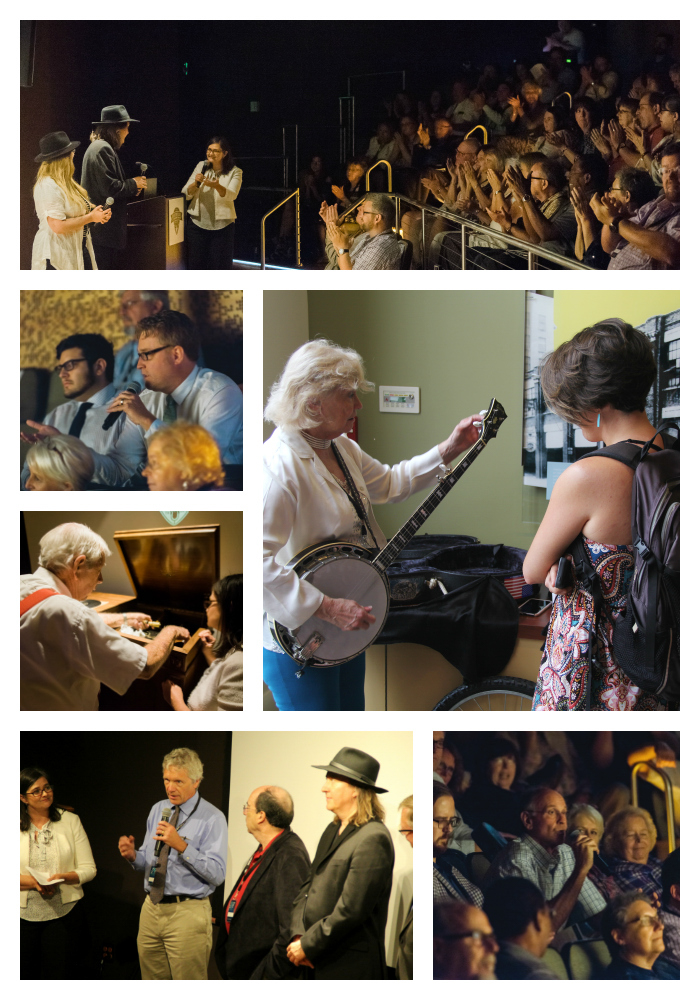
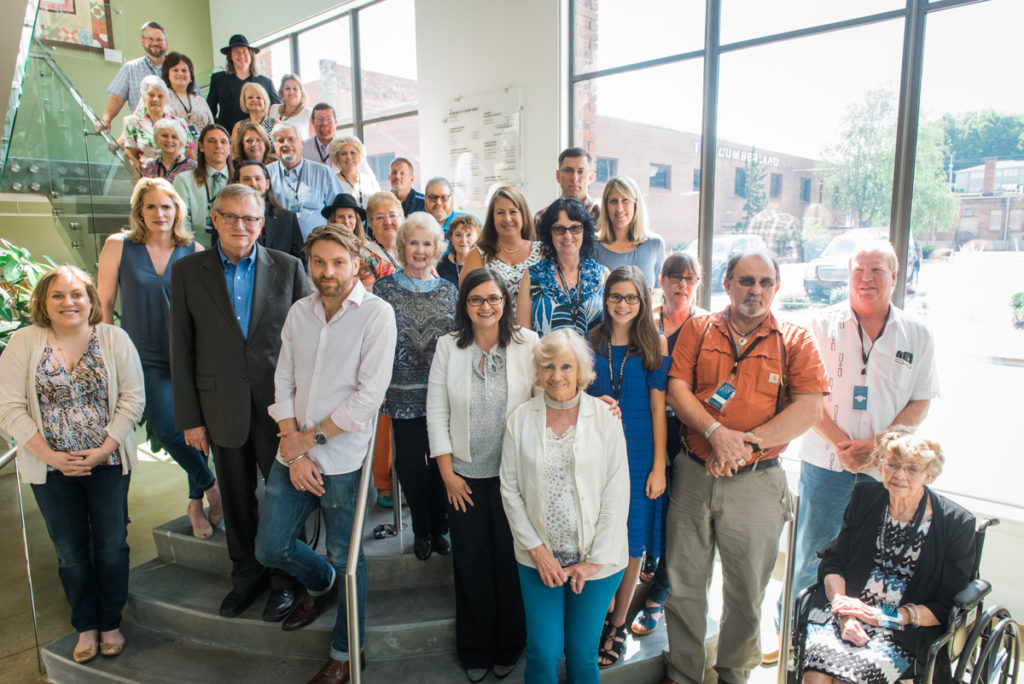
* Interestingly, Bryson doesn’t mention the 1927 Bristol Sessions in his book, though he does focus some attention on early sound technology including developments in radio. Curator René Rodgers pointed out this omission in correspondence with Bryson, and he graciously acknowledged the need to visit Bristol to learn more. Perhaps he will do so. We’d love to see him here!
Jessica Turner is the Director of the Birthplace of Country Music Museum.


